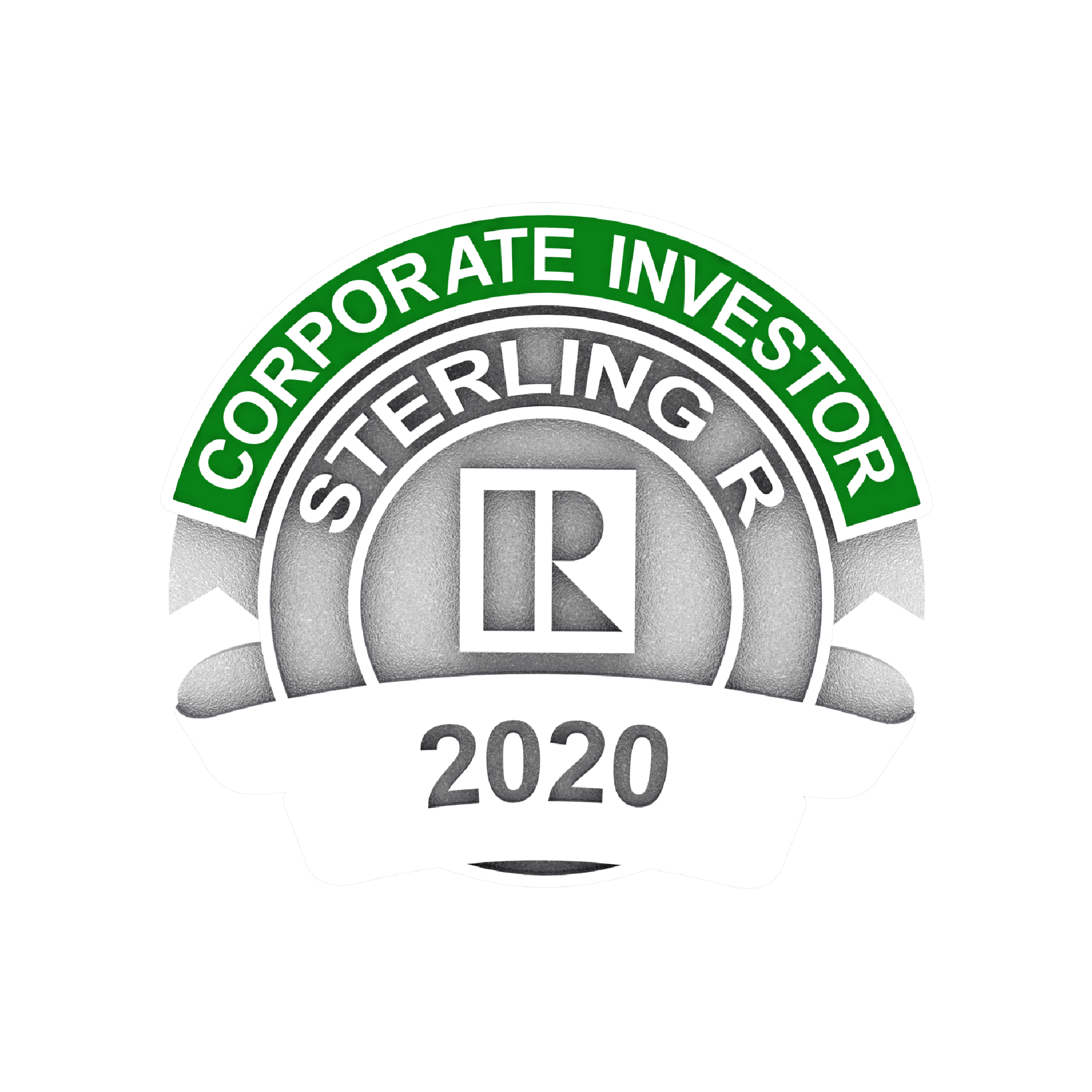In major urban markets—New York City included—two-day delivery, next-day delivery and even same-day delivery are increasingly expected by residents. As a result of these shrinking delivery windows, the need for local distribution centers and last mile facilities has increased significantly. The way people shop, buy and have products delivered has changed drastically, and the industrial sector must adjust to meet the demand.
The country-wide stay-at-home orders, which were implemented as a result of the 2020 pandemic, caused e-commerce to experience exponential growth. People who had never shopped online began adapting to this trend. This created the equivalent of 10 years’ e-commerce growth in three months. Q2 marked the highest year-over-year growth for e-commerce sales nationally, increasing 44.4 percent from $138.96 billion in 2019 to$200.72 billion in 2020.
Despite considerable market volatility, both past and present, we’ve continuously seen positive performance within the industrial asset class. We project that need for industrial space has been solidified for the foreseeable future.
While the pandemic has reaffirmed the need for industrial space—with approximately 300 million sq. ft. of additional warehouse space needed by 2022—the industry has been gaining momentum for years thanks to the rising trend of e-commerce. Online sales are booming, growing by 16percent annually and increasing by $1 trillion from 2014 to2017, while brick and mortar retail is being bypassed. Over the next three years, e-commerce sales are projected to rise50 percent to nearly $900 billion, and they will comprise15 percent of all sales by 2022, up from 10 percent today. Furthermore, online sales are generating 3x the demand for warehouse space compared to in-store sales.
As of this writing, we are preparing for what will be the biggest e-commerce holiday season yet, and retailers are working to meet consumer demand for fast delivery. This new era requires a rethinking of logistics. Retailers must move their warehouses closer to urban centers and rethink the design of their spaces.
Because of the increasing demand for last mile distribution space, the industrial property sector is experiencing the emergence of urban infill, the redevelopment of existing properties or land in an urban environment, in supply-constrained markets across the country.
Buildings are evolving to adapt as well. Multi-story, high ceiling, cutting edge distribution space, among other last mile building types, will continue to overtake heavy industrial, manufacturing, or flex building types in urban centers.
We are living through the early stages of the most impactful secular shift in our lives, given the rise of e-commerce, and the benefits that has on the industrial sector.
Last mile product is completely outdated or nonexistent, resulting in tremendous development or redevelopment opportunities which cater to the new tenant needs. The
limited supply of last mile distribution space will continue to push industrial rent and revenue. This limited supply, complimented by the uptick in inventory lag, creates the perfect recipe for growth. The low interest rate environment—combined with investor reallocations—result in cap rate compression. Future growth is inevitable generating upward growth in yield on cost.
Source: “Trending Upward: Innovations in Industrial“
Commercial Association of REALTORS® - CARNM New Mexico
Trending Upward: Innovations in Industrial
01.07.2021



© 2024, Content: © 2021 Commercial Association of REALTORS® New Mexico. All rights reserved. Website by CARRISTO